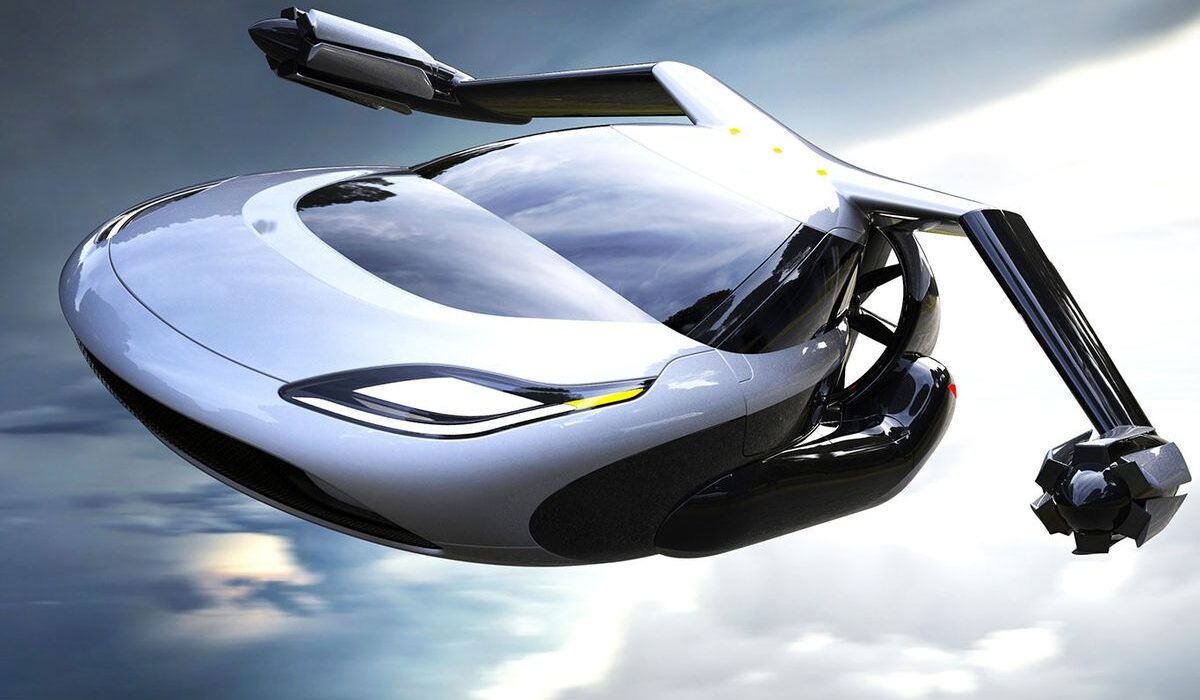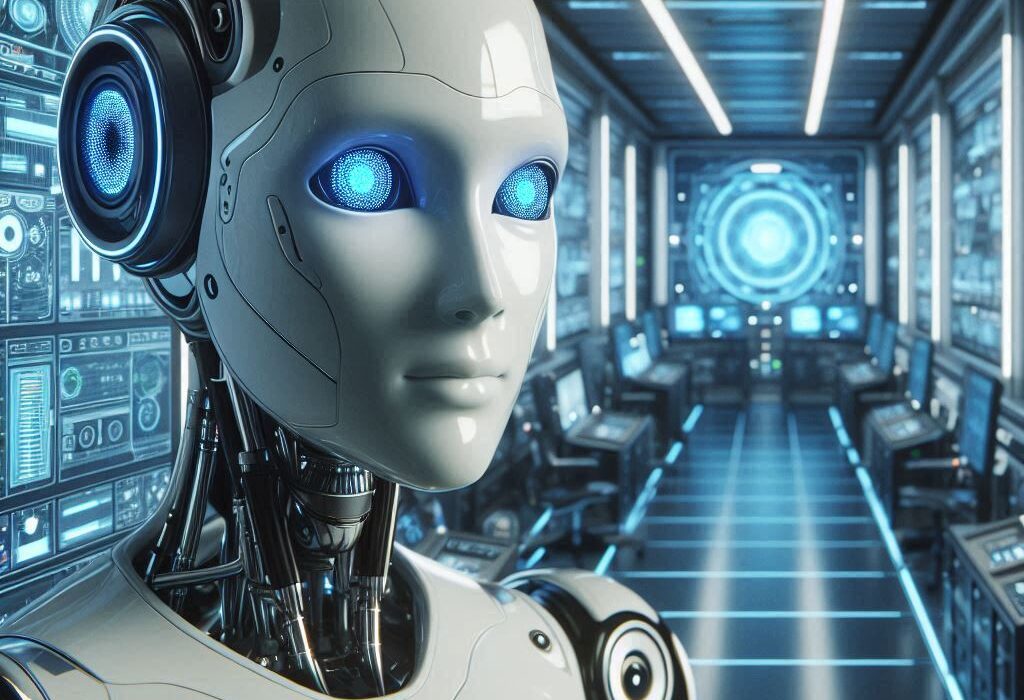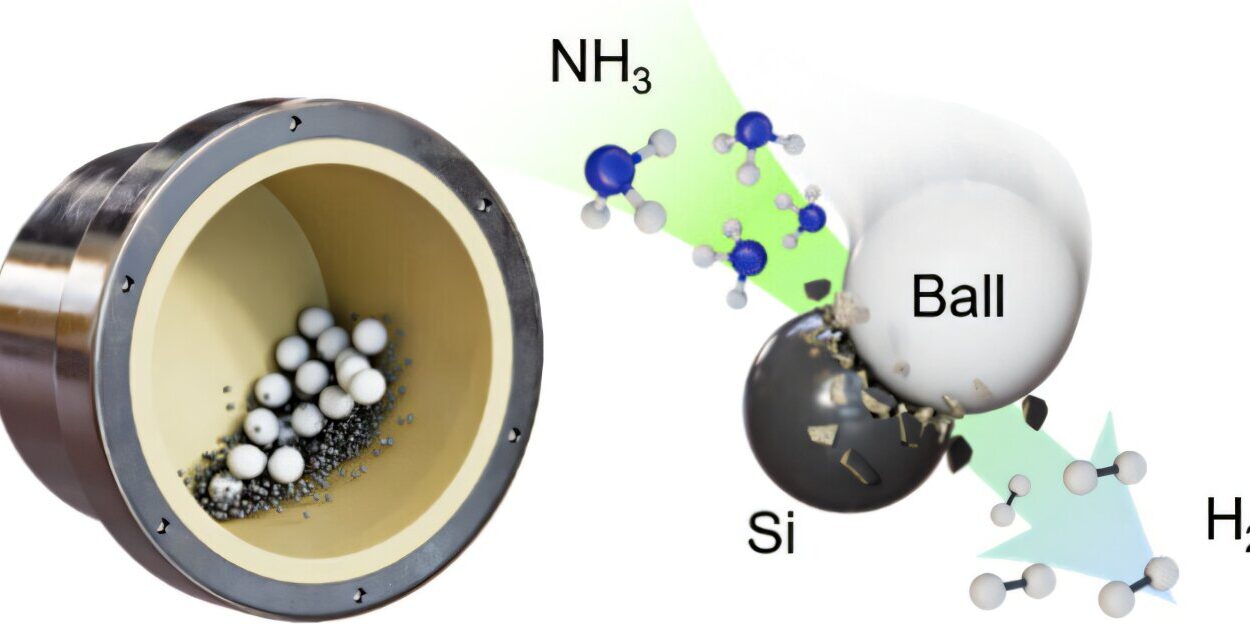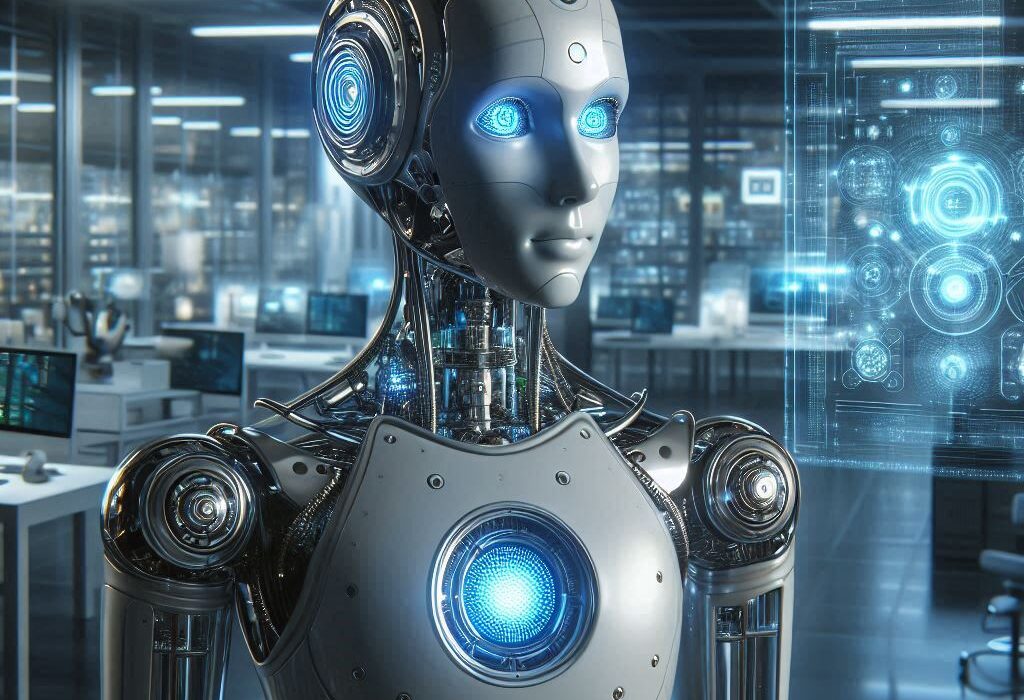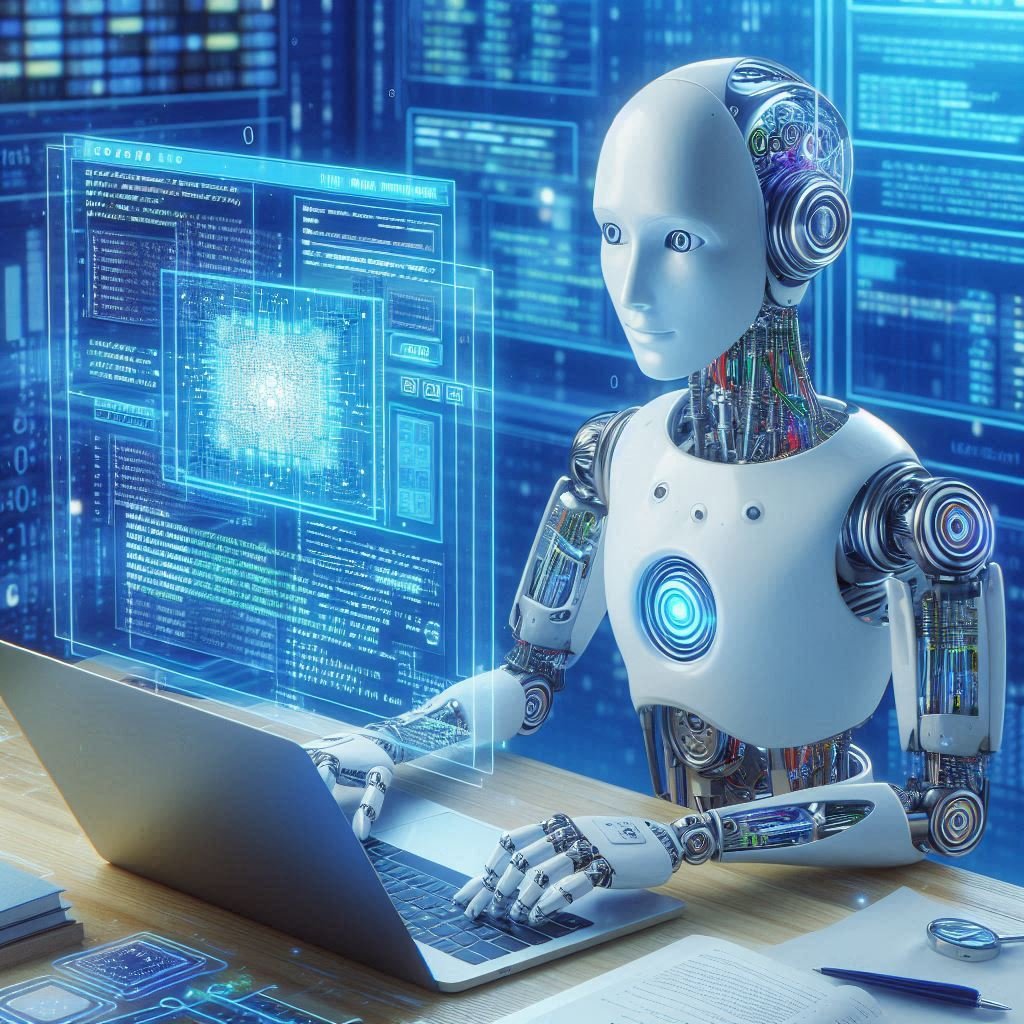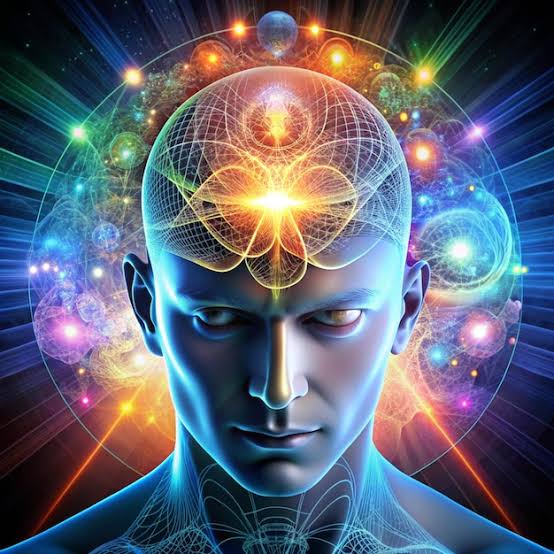We are living through a revolution without smoke, without marching boots, and without a single shot fired. The revolution is made of code. It breathes in data and grows with every swipe, every voice command, every heartbeat tracked by your smartwatch. This is the age of machine learning. And though the term has been whispered in the halls of academia for decades, in 2025, it no longer feels like a field of study—it feels like the operating system of modern life.
To most, the phrase “machine learning” once sounded like science fiction. A machine that learns? The idea conjured images of self-aware robots or Hollywood’s chilling artificial intelligences with glowing red eyes. But the reality is more subtle, more pervasive—and far more transformative.
Machine learning is not magic, and it’s not menace. It’s mathematics with purpose. It’s algorithms sculpted to adapt. And it is, quite simply, the most important technological force shaping our world in 2025.
The Subtle Power Behind the Curtain
Every time you ask your digital assistant for the weather, machine learning is at work. When you get a medical diagnosis based on complex lab results, it’s there. When your self-driving car slows down as a cyclist crosses the road, it’s not because the vehicle “knows” — it’s because machine learning helped it recognize and predict.
It’s in the ads you see, the news articles shown to you, the music that finds its way into your playlist. It’s the quiet mind beneath your smartphone camera, recognizing a sunset, a smiling face, or the edge of a document. And it doesn’t sleep.
Unlike traditional programming, where every rule must be written by a human, machine learning systems learn patterns from vast oceans of data. They aren’t just following instructions—they’re creating their own internal logic based on experience. This changes everything.
Learning Without Being Told
Imagine you are teaching a child what a cat is. You show them pictures and say, “This is a cat.” After a while, they begin to recognize cats on their own. You didn’t program them with rules like “if fur + four legs + meows, then cat.” You gave them examples, and their brain did the rest.
That’s supervised learning—a form of machine learning. But there’s also unsupervised learning, where the machine discovers patterns in unlabeled data, and reinforcement learning, where it learns by trial and error, like a dog learning tricks for treats.
This means that instead of feeding machines precise definitions, we let them write their own playbooks. That flexibility is what makes them so powerful—and sometimes so mysterious. Because even though we create the algorithms, we don’t always know exactly how they reach their conclusions.
A Mirror to Human Complexity
What makes machine learning so emotionally powerful in 2025 is not just its capabilities but how deeply it mirrors us. These algorithms absorb our language, our behaviors, our biases, our fears. They learn from us—flaws and all.
A sentiment analysis tool trained on social media posts can detect joy or sadness in a few words, much like a sensitive friend who reads between the lines. A predictive policing algorithm can anticipate crime hotspots, but if trained on flawed data, it might perpetuate racial injustice. That duality—power and peril—sits at the heart of machine learning’s importance today.
We’ve built a mirror smarter than any before, and we’re peering into it not just to understand machines—but to better understand ourselves.
Why Now? The Data Explosion and Computational Renaissance
If machine learning is the fire, data is the oxygen. And in 2025, there’s more oxygen than ever before.
Every day, the world generates hundreds of exabytes of data—more than all the written words in history, repeated daily. From IoT sensors in smart cities to health monitors in our bodies, data flows from every corner of life.
This explosion would be meaningless without the computational power to process it. But Moore’s Law has delivered. Cloud computing has democratized power that once lived only in university labs. Quantum computers are knocking at the door, and specialized chips like GPUs and TPUs now enable models to train faster and deeper.
The result? We are not just asking machines to learn. We are feeding them, challenging them, scaling them. And they’re responding with breathtaking growth.
The Human Touch in Artificial Minds
Despite the term “machine,” the learning process is deeply human at its core. Not in the emotional sense, but in its trial, error, and pattern-seeking nature.
A neural network—the backbone of many machine learning systems—is inspired by the human brain. It consists of interconnected nodes, like neurons, passing signals and adjusting based on experience. The machine doesn’t know what it knows in the way we do, but it learns correlations, nuances, and relationships that are often invisible to us.
Take language models in 2025. They don’t just translate text; they write novels, script movies, debate politics, and provide therapy—all in real time. They understand context, tone, even humor. But it’s not true understanding. It’s probability at scale, a tapestry of patterns woven together from millions of examples.
And yet, what emerges can feel eerily real. We talk to these machines. We argue with them. We depend on them. They are not human, but they are something new—something that feels close.
Education Rewritten by Algorithms
In 2025, education is one of the clearest battlegrounds of machine learning’s promise and peril. Adaptive learning platforms tailor lessons in real time, adjusting to a student’s pace, style, and weaknesses. A child in Bangladesh can learn calculus with the same personalized attention as one in Boston.
Teachers, once overburdened, now receive AI-powered insights about student engagement, mood, and progress. Educational content is localized, gamified, and delivered with unprecedented empathy. Dropout rates have fallen in many regions, literacy has risen, and students with disabilities now have more support than ever.
But this personalization comes with a cost: privacy. The more the system knows about the student, the better it performs—but the more vulnerable that data becomes. In 2025, education is a dance between insight and intrusion.
Healthcare That Listens and Learns
Perhaps nowhere is machine learning more urgent than in the realm of human health. In 2025, predictive diagnostics are no longer futuristic—they are foundational. ML models analyze X-rays, CT scans, and MRIs with stunning accuracy. They spot tumors earlier, recommend treatment plans, and even detect signs of depression from voice or facial patterns.
Wearable devices capture heart rhythms, blood sugar, sleep patterns, and more, transmitting real-time data to AI systems that monitor for anomalies. This isn’t reactive medicine—it’s preventive care. Machine learning now predicts who will get sick before symptoms appear.
Yet, as with education, ethics is the shadow that follows. Who owns your health data? Can an algorithm’s diagnosis be trusted more than a doctor’s intuition? In 2025, medicine is more advanced—and more complicated—than ever before.
The Workforce Reimagined
Fear often rises when we talk about machine learning and jobs. And in 2025, that fear isn’t unfounded. Automation has replaced many routine tasks in logistics, manufacturing, and customer service. But alongside that loss, something else has emerged: a new kind of workforce.
Machine learning has not just removed jobs—it has redefined them. Data scientists, AI ethicists, ML operations specialists, AI psychologists—these are real professions now. Creatives use machine learning as a partner in music, art, and design. Marketers use ML models to predict trends and sentiment.
Machines are no longer tools. They are collaborators. And while displacement is real, so is opportunity—especially for those willing to learn alongside the machines.
Security, Surveillance, and the Thin Line
Machine learning protects us—flagging fraud in bank accounts, preventing cyberattacks, and scanning airport luggage in milliseconds. But it also watches us.
Facial recognition powered by machine learning is ubiquitous in 2025. In cities around the world, cameras not only see but interpret: Who’s walking, how they’re walking, whether they look agitated or suspicious. This can be a powerful deterrent to crime—or a terrifying step toward authoritarian surveillance.
The ethical debates rage hotter than ever. Can a government use machine learning to predict “criminal intent”? Should AI be allowed in courtrooms, or in warfare? What rights do we have when machines know us better than we know ourselves?
These are not theoretical questions. They are legal and moral battles playing out right now. And they are why machine learning is not just a technical issue—it is a human rights issue.
The Future of Creativity
In 2025, machine learning doesn’t just analyze—it creates. Algorithms write symphonies, generate paintings, compose poetry. A machine can mimic Shakespeare or Van Gogh with unnerving beauty. Some even argue that AI has become the world’s most prolific artist.
But creativity is more than style. It’s emotion. It’s soul. And while ML can simulate both, the debate over whether it truly “creates” rages on.
Still, the tools it offers are undeniable. Filmmakers use generative models to storyboard scenes. Writers get suggestions from language models that never sleep. Musicians collaborate with algorithms that harmonize in milliseconds.
Machine learning is not replacing art—it’s expanding the canvas.
A Planet’s Silent Partner
In the race to understand and combat climate change, machine learning has become an indispensable ally. From analyzing satellite imagery to predicting forest fires, from optimizing renewable energy grids to detecting illegal deforestation, ML offers clarity in the chaos.
Climate models are more accurate, energy systems more efficient, agriculture more sustainable—all thanks to the ability of machines to learn from complex, multi-dimensional data.
In 2025, the climate crisis is no longer a distant threat. It is a daily reality. And machine learning, while no silver bullet, offers one of our most powerful tools for adaptation and resilience.
When the Machines Dream
Perhaps the most haunting question of 2025 is this: Where does this learning lead? When a machine begins to optimize itself, to improve its own learning algorithm, what boundaries are left?
We are already in the era of AutoML—where machines design better versions of themselves. Some call this the beginning of Artificial General Intelligence (AGI). Others urge caution, pointing out that we barely understand the systems we’ve already created.
This uncertainty adds urgency to the call for AI governance, ethics, and transparency. Because the future isn’t written in code—it’s written in human intention.
The Heart of the Machine
So, what is machine learning, really? It is code that dreams. It is math that adapts. It is humanity, mirrored back to us in silicon and logic.
In 2025, machine learning is no longer a niche—it is a necessity. It drives our cars, diagnoses our diseases, teaches our children, protects our cities, and fuels our economies. It is the invisible engine beneath our daily lives.
But its importance isn’t just in what it does. It’s in what it forces us to ask. What does it mean to learn? What does it mean to create? And how do we build systems that reflect our highest values, not our darkest flaws?
The machines are learning. The question is: Are we?

